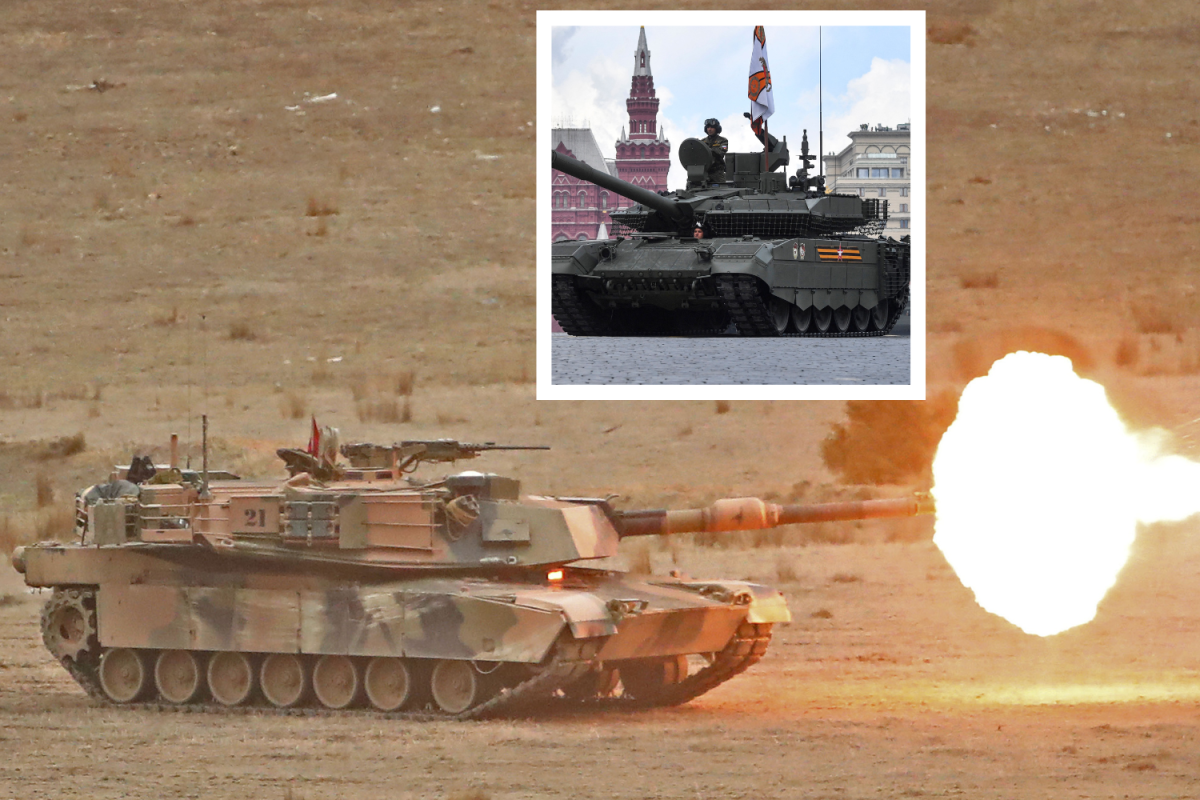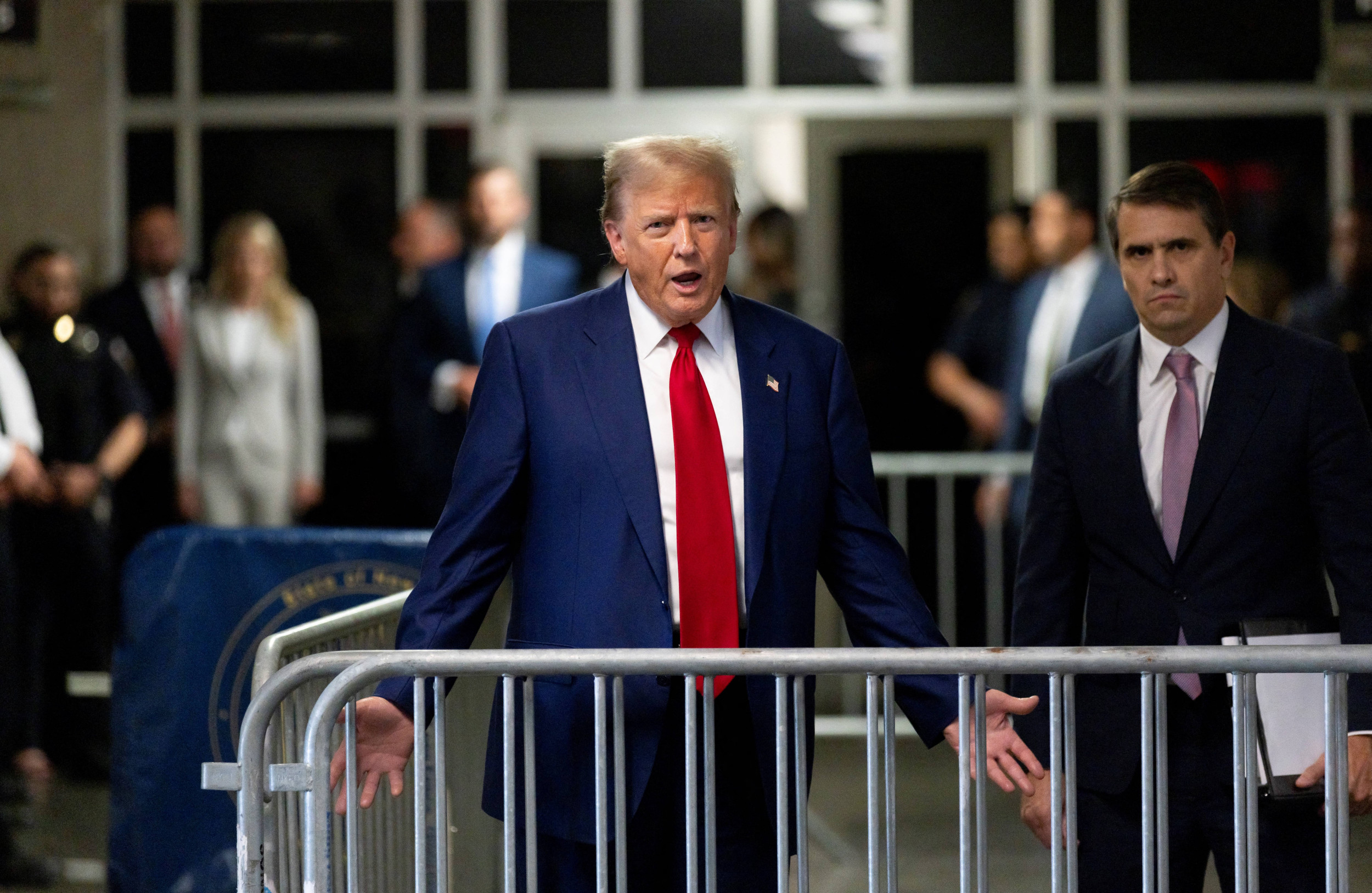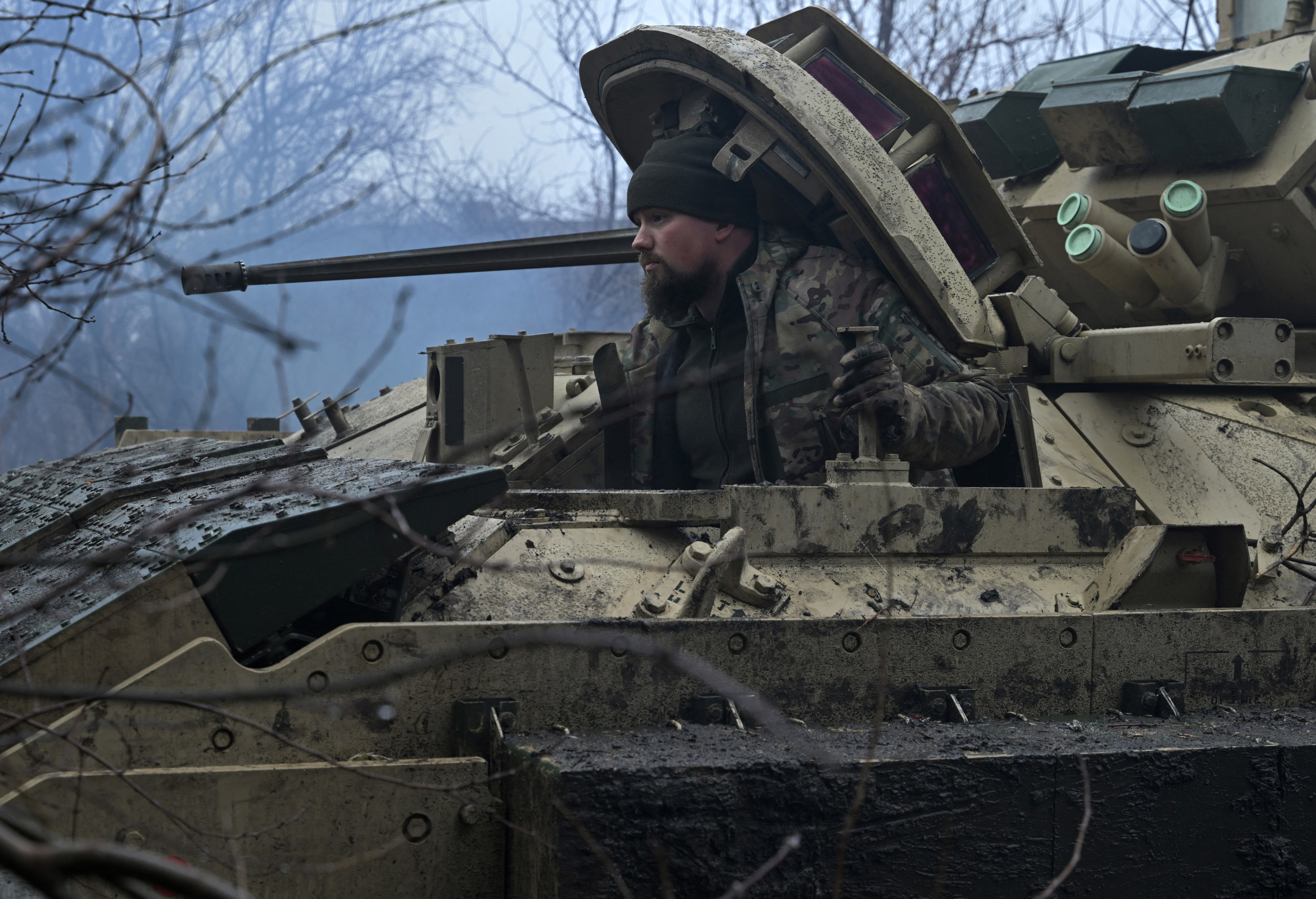President Joe Biden announced on Wednesday that the United States will be sending 31 Abrams tanks to Ukraine, one day after German officials said they would be providing Leopard 2 tanks to aid the country in its war against Russia.
Biden called the number of tanks "the equivalent of one Ukrainian battalion." The move was recommended by U.S. Secretary of Defense Lloyd Austin to "enhance Ukraine's capacity to defend its territory and achieve its strategic objectives."
The U.S. Army describes the Abrams tank as a full-tracked, low-profile, land combat assault weapon that can dominate adversaries "through lethal firepower, unparalleled survivability and audacious maneuver." They can reach speeds of up to 42 miles per hour.
The tank was initially developed for the U.S. military in the 1970s, since being utilized for over 35 years. It has experienced numerous revisions and at the present includes a 1,500-horsepower turbine engine, 120-millimeter main gun and special armor that can pose lethal consequences to heavily-armored forces.

The M1A2 Abrams is more modernized with two sights—a gunner's and commander's sight—which the U.S. Army said increases the tank's lethality "by enabling a hunter-killer technique."
"As the gunner destroys targets, the commander can simultaneously survey the battlefield for the next threat," the U.S. Army said.
The Russian Army, as well as the private military company Wagner Group, mainly utilize T-90 tanks.
T-90s were officially adopted by the Russian government in 1992, according to Military Today, with production beginning that same year as an upgrade to the previous T-72 model. It is the last mass-produced main battle tank in the country with other tanks being refurbished or upgraded versions of the original design.
The T-90 is a bestseller on the global market, described as one of the 10 best tanks worldwide. Russia lost many of its T-90s in conflicts in Syria and Ukraine, including the ongoing war.
"This is where the quality of what we have is important," Ukrainian Lieutenant Oleksander Romanchuk, a tank company commander and 10-year veteran, told EurAsian Times. The Ukrainian army had previously been using T-62 and T-72 models. "If you come across a T-90, you need three of ours to deal with it—or very good luck."
A 2015 report by The National Interest compared the Abrams M1A2 and T-90 tanks, calling the former the "superior design" that comes with a hefty price tag.
"U.S. armor doctrine places a premium on seeing the enemy first and getting the first shot to ensure victory—a result of decades worth of analysis," the report stated. "The Abrams is designed around that concept."
It is estimated that one Abrams costs nearly double a T-90, depending on the model. The total cost of a single Abrams tank can be more than $10 million, including training and sustainment, Reuters reported.
The website 1945 reported that newer model T-90s can cost about $4.5 million, while previous and cheaper models can run between $2.5 million and $3.5 million.
Forbes reported a diminished supply of T-90 tanks even after the first month of Russia's invasion of Ukraine last year.
The Russian Army reportedly lost 36 of its 400 such tanks after February 2022, bringing its inventory down to approximately 360 T-90 tanks—of which at least 50 belong to army battalions defending the area around Svatove, 50 miles north of Bakhmut.
Update 1/26/23, 9:44 a.m. ET: This story was updated with clarification about the cost difference between the Abrams and T-90 tanks.
Uncommon Knowledge
Newsweek is committed to challenging conventional wisdom and finding connections in the search for common ground.
Newsweek is committed to challenging conventional wisdom and finding connections in the search for common ground.
About the writer
Nick Mordowanec is a Newsweek reporter based in Michigan. His focus is reporting on Ukraine and Russia, along with social ... Read more
To read how Newsweek uses AI as a newsroom tool, Click here.








